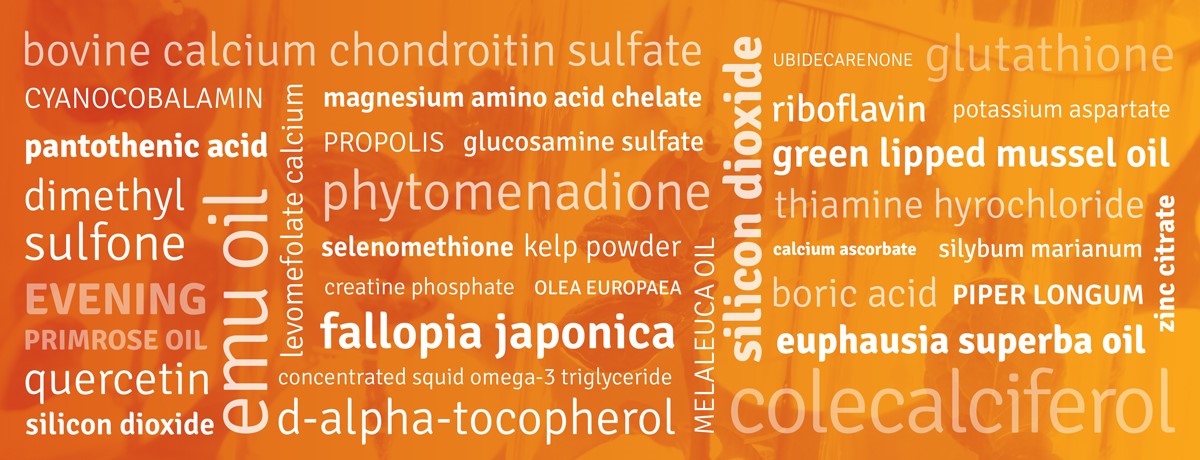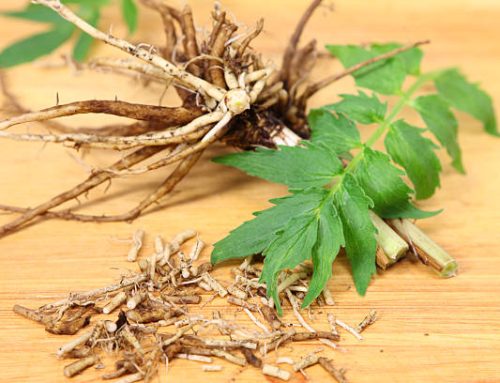Outcomes of the Permissible Ingredients Consultation
The outcomes of the consultation on proposed low-negligible risk changes to the Permissible Ingredients Determination, which took place between August and September 2024 have been finalised. The final changes will take effect on 1 March 2025. Any new medicines released for supply from that date must comply with the updated requirements. A one-year transition period until 1 March 2026 will be provided for existing medicines.
The requirements specified below apply to a medicine that contains the ingredient that is unless otherwise specified:
- listed in the Register on or after 1 March 2025; or
- released for supply on or after 1 March 2026.
The requirements specified in paragraphs (a) to (c) below applies to a medicine that contains the ingredient that is:
- listed in the Register before 1 March 2025; and
- released for supply before 1 March 2026.
(a) Only for use in oral medicines.
(b) Must be obtained from the rind of the fruit only.
(c) Must not contain any directions for use for children or pregnant or lactating women.The requirements specified in paragraphs (d) to (g) below apply to a medicine that contains the ingredient that is:
- listed in the Register on or after 1 March 2025; or
- released for supply on or after 1March 2026.
(e) The plant part must be limited to fruit peel.
(f) The following warning statement is required on the medicine label:
- In very rare cases, Garcinia gummi-gutta may harm the liver. Stop use and see a doctor if you have yellowing skin/eyes or unusual: fatigue, nausea, appetite loss, abdominal pain, dark urine, or itching.
(g) Medicines containing Garcinia gummi-gutta must not be directed for use in children, or in pregnant or lactating women.
Ruta graveolens
When used as an active ingredient:
(a) Ruta graveolens must only be used as a homoeopathic ingredient:
(b) the routes of administration for medicines that contain Ruta graveolens must be limited to:
- (NEW) ‘Do not use if pregnant or likely to become pregnant, or during lactation.’: and
- (SENS) ‘Application to skin may increase sensitivity to sunlight’ (or words to that effect).
(a) The route of administration for medicines that contain Ruta graveolens must be limited to topical;
(b) Ruta graveolens must only be included in combination with other permitted ingredients as a fragrance proprietary excipient formulation:
(c) the total concentration of fragrance proprietary excipient formulations containing Ruta graveolens must not be more than 1% of the total medicine: and
(d) the total concentration of Ruta graveolens in the medicine must not be more than 0.15%.
The following warning statement is required on the medicine label:
- (PREGNT2) Do not use if pregnant or likely to become pregnant.
(a) used as an active homoeopathic ingredient at a homoeopathic potency of more than 12X; or
(b) used as an excipient in a flavour where the total concentration of flavour proprietary excipient formulations containing parsley herb dry must not be more than 5% of the total medicine; or
(c) used as an excipient in a fragrance where the total concentration of fragrance proprietary excipient formulations containing parsley herb dry must not be more than 1% of the total medicine.
(a) Carboxyatractyloside and atractyloside are mandatory components of Xanthium sibiricum/Xanthium strumarium.
(b) The concentration of carboxyatractyloside must not be more than 0.35% of Xanthium sibiricum/Xanthium strumarium.
(c) The concentration of atractyloside must not be more than 0.3% of Xanthium sibiricum/Xanthium strumarium.
(d) The route of administration for medicines that contain Xanthium sibiricum/Xanthium strumarium must be limited to oral.
(e) The plant part must be limited to fruit that is dried, cooked and had the spines removed.
(f) The plant preparation must be limited to dry, powder, and extraction preparations with water as the only solvent.
(g) The maximum recommended daily dose of the medicine must not provide more than 10 g of Xanthium sibiricum/Xanthium strumarium.
(h) The medicine must not be directed for use in children, those who are pregnant, likely to become pregnant or lactating.
The requirements specified in the paragraphs (a) to (b) below apply to a medicine that contains the ingredient that is:
- listed in the Register before 1 March 2025; and
- released for supply before 1 March 2026.
(b) The concentration of phenoxyethanol in the preparation must not exceed 15%.The requirements specified in paragraphs (c) to (d) below apply to a medicine that contains the ingredient that is:
- listed in the Register on or after 1 March 2025; or
- released for supply on or after 1 March 2026.
(d) The concentration of phenoxyethanol in the preparation must not exceed 1%.
Change of name from ‘rutoside’ to ‘rutoside trihydrate’.
For further information visit:
- Outcomes of the Consultation
- TGA Final Decisions Document
- TGA webpage: Changes to the Permissible Ingredients Determination
If you need help to ensure your listed medicine complies with these new requirements, please contact us here.








